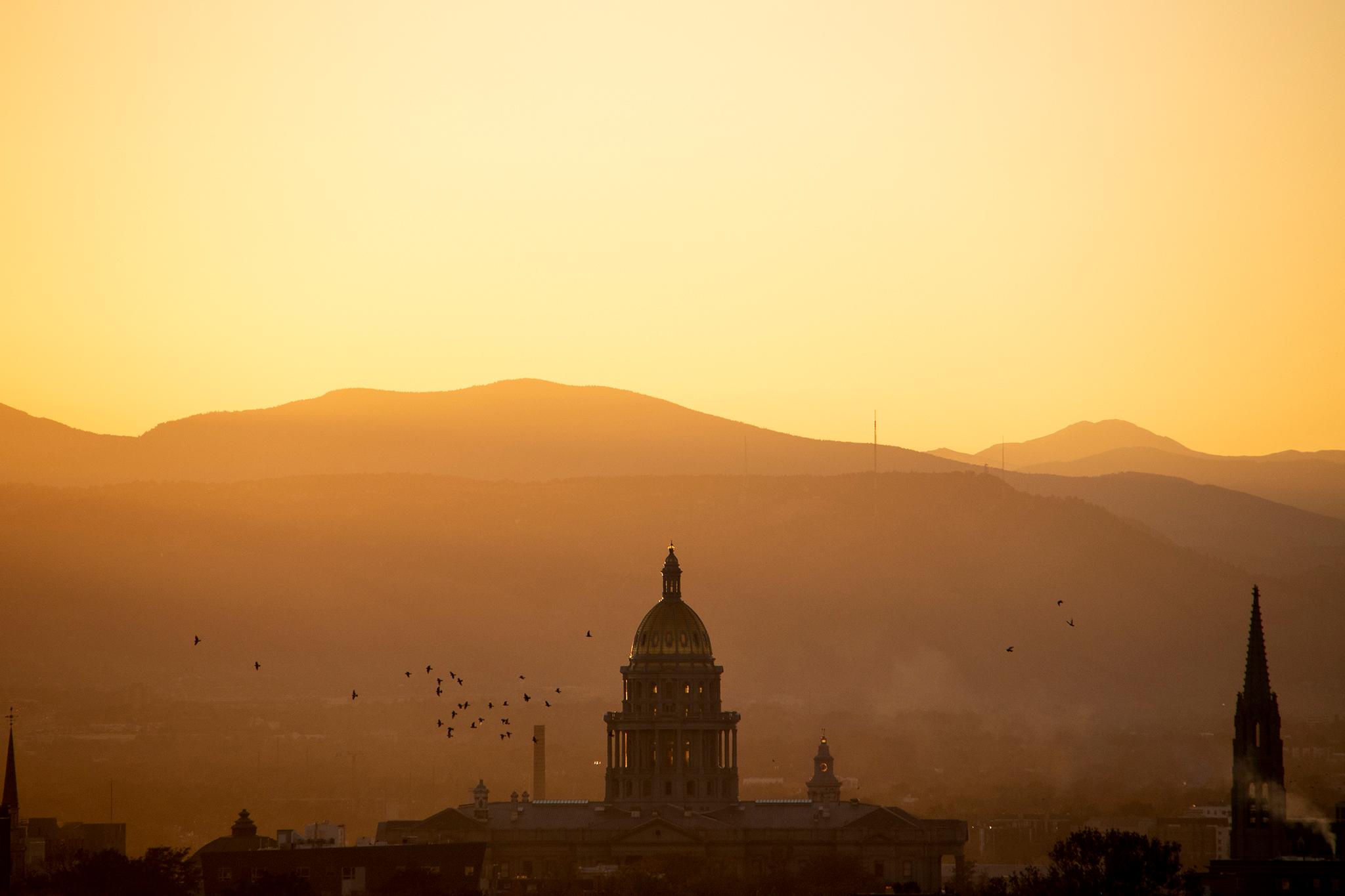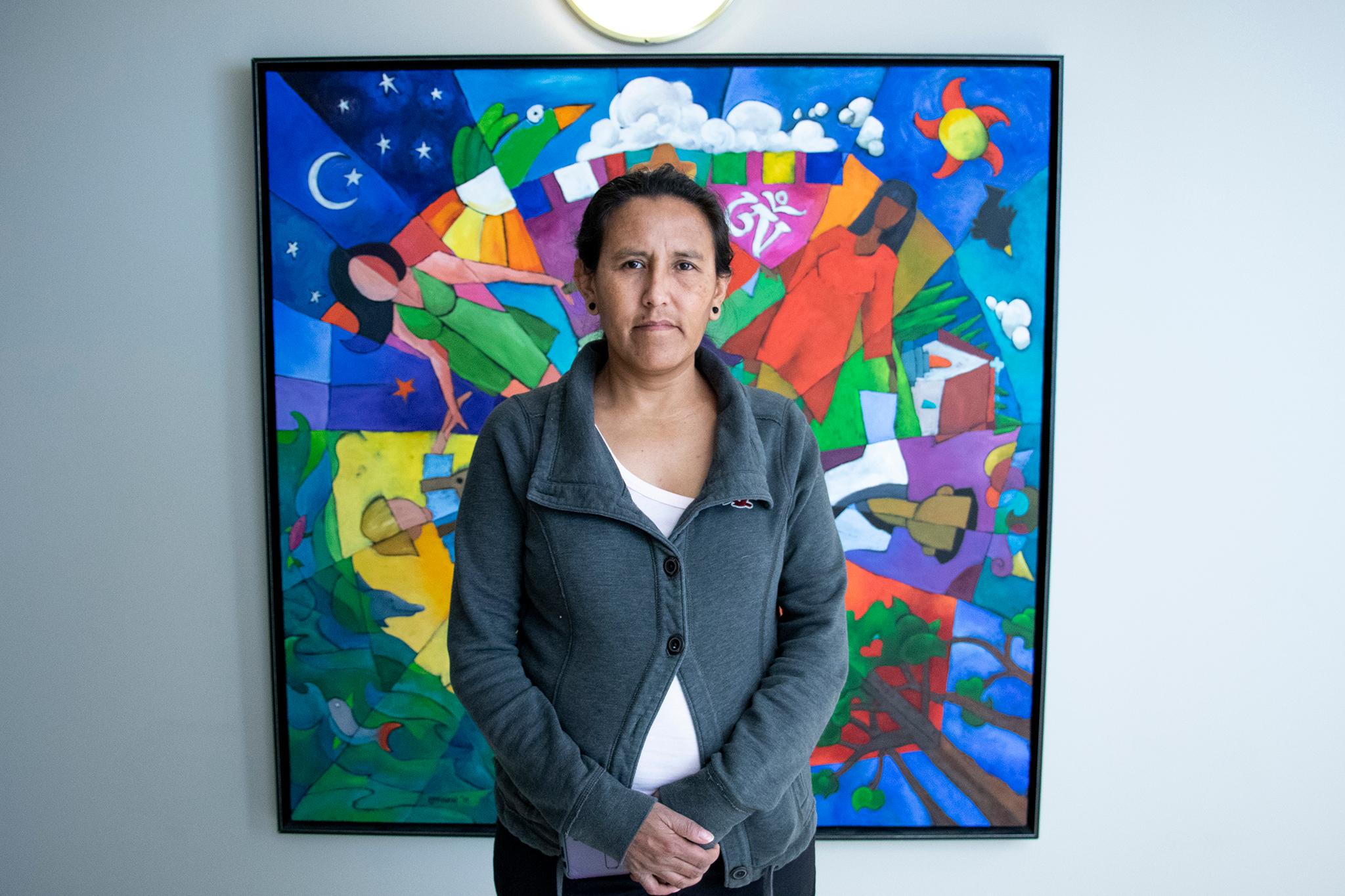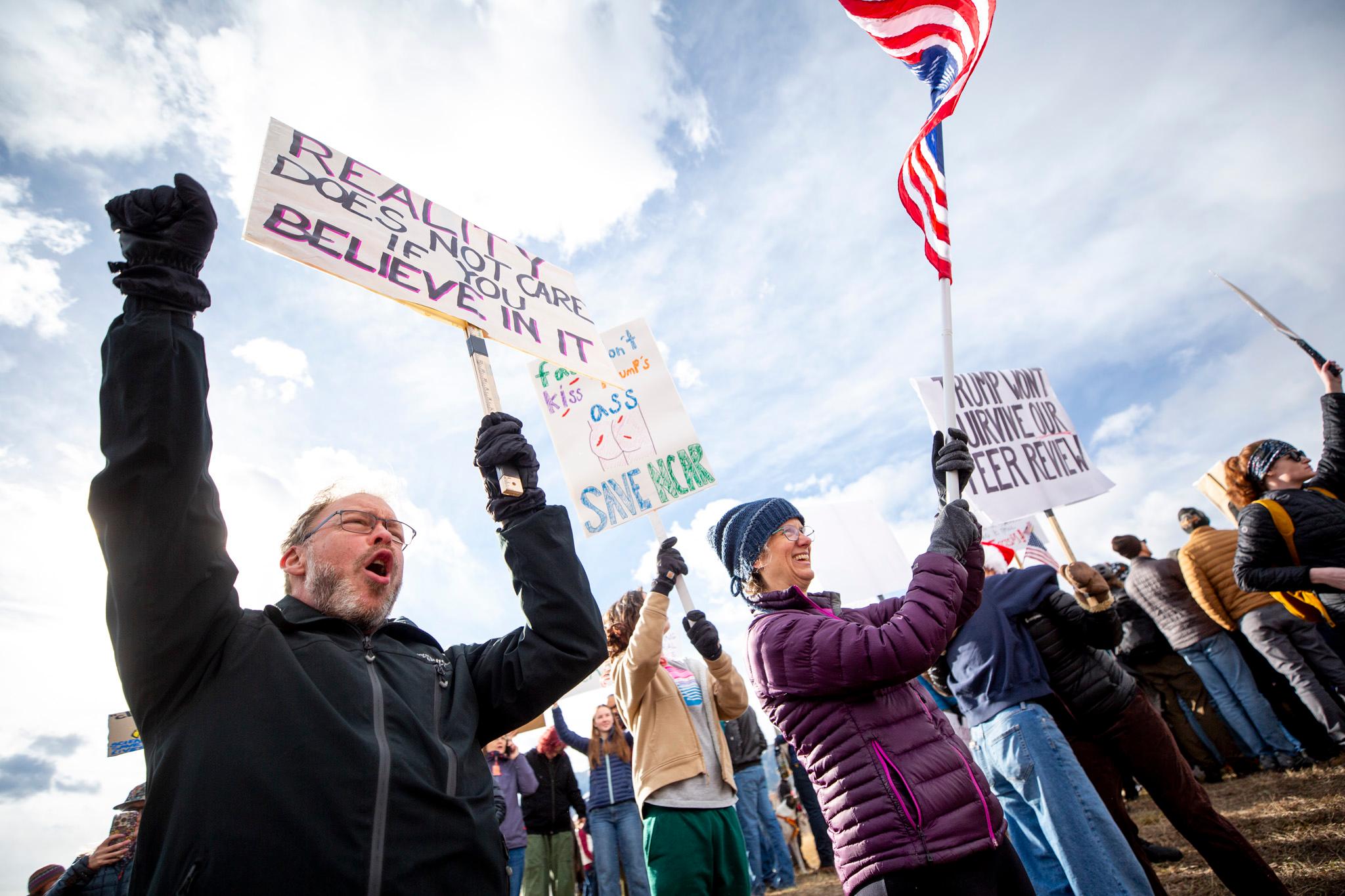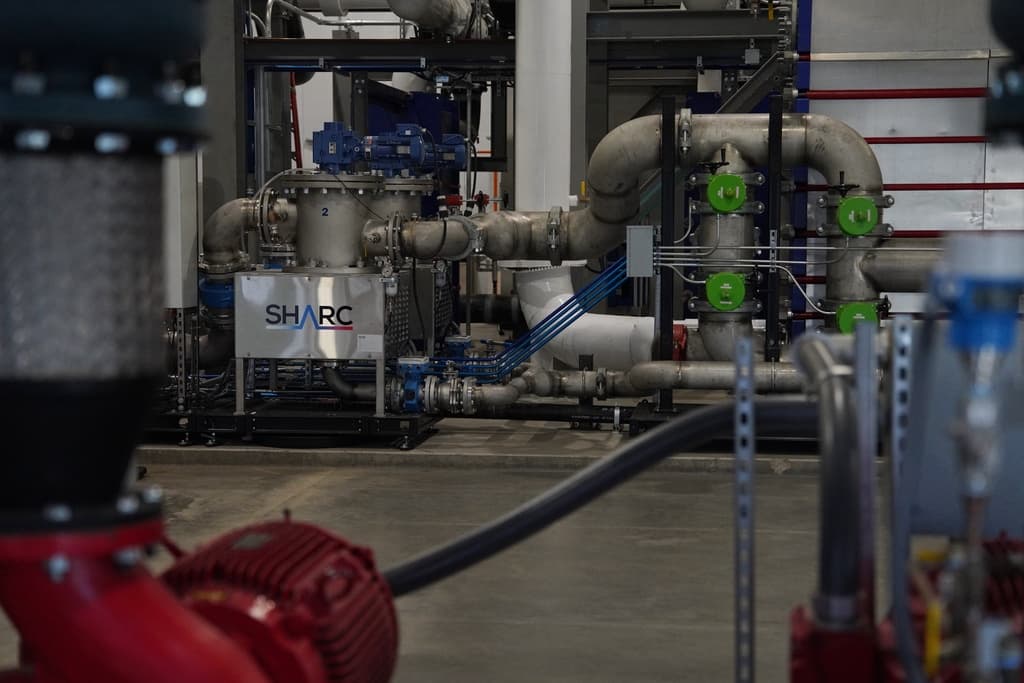
A slow-moving summer heat wave is expected to bake the state with days of triple-digit temperatures this week.
The high temperatures are expected to hit the Western Slope in earnest today before crawling east and driving up temperatures across the Front Range and Eastern Plains on Thursday.
By Friday, the heat is expected to intensify — especially across the Western Slope, Interstate 25 corridor and Eastern Plains — and temperatures could reach as high as 105 degrees in Sterling, 104 in Grand Junction and 103 in Lamar, National Weather Service data show.
The heat wave could fuel temperatures 10 to 20 degrees above what’s typical for July in many areas and could set new records. But Bernard Meier, a meteorologist with the weather service’s forecast office in Boulder, said the most disruptive and dangerous effects will likely come from multiple days of soaring, unrelenting daytime temperatures that could last to Monday.
“An extended period of days above 100 degrees is pretty rare,” he said.
The heat wave is the result of a high-pressure ridge that’s already blasted the West Coast and other Western states. The heat dome has smashed temperature records across the West and pushed temperatures to 128 degrees in Death Valley National Park, where local authorities said a motorcyclist died after a tour group was overcome with heat exhaustion. The heat has also been linked to at least four deaths in Oregon.
High-pressure systems are common during the summer in Colorado, but the heat dome moving across the region and state is expected to be unusually potent and slow-moving, Meier said. One factor that could nudge temperatures higher in some areas is the lack of recent rainfall. Dry ground heats up more quickly, he said, which helps further boost air temperatures.
Scientists say human-caused climate change is likely making heat waves more frequent, more intense, longer-lasting and slower-moving.
Meier said the weather service is coordinating with emergency authorities and first responders. Heat is more dangerous for vulnerable groups — especially children, older adults or people with medical conditions — who should take extra precautions.
Meier said the best way for Coloradans to protect themselves from the heat is to stay indoors and avoid it — if possible.
“If you typically work an eight hour-day outside, take some precautions,” he said. “Drink a little bit more water, take more breaks in the shade. Just don't push it quite as hard.”









